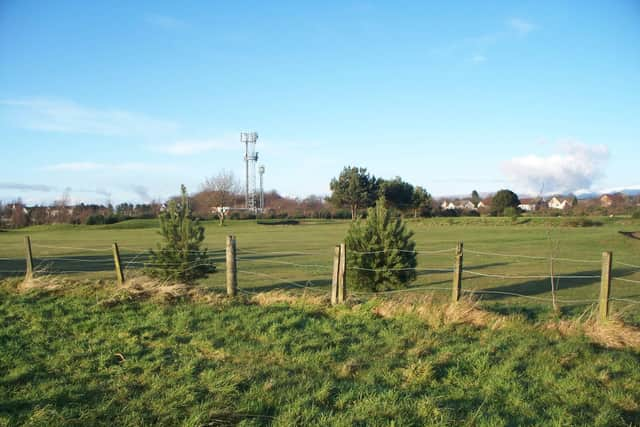Ian Scott: The Highland drovers and the Falkirk trysts
and live on Freeview channel 276
Tens of thousands of black Highland cattle and sheep were driven from every corner of Scotland across hundreds of miles of moor and mountain on drove roads to these great gatherings where the wealthy buyers from England armed with their credit notes came to acquire the ‘walking meat’ that would feed the great cities of the south as well as Great Britain’s soldiers and sailors.
Until around 1750 Crieff was where all this happened but for a variety of reasons the sales there went into decline and the drovers transferred their business to the little fair on Reddingmuir which the Duke of Hamilton had operated from around 1710. Shieldhill was the centre of the action on the second Tuesdays of August, September and October and the numbers of black Highland ‘kyloes’ offered for sale rapidly increased so that by the 1760s well over 100,000 beasts passed through the village.
Advertisement
Hide AdAdvertisement
Hide AdHowever in 1772 the Duke was forced by the courts to enclose the tryst ground for arable farming and a new site had to be found. The place chosen was Roughcastle at the Roman fort on the Antonine Wall. It was not a great success and after 13 years the buyers and sellers were on the move again. The main problem seems to have been the development of the Forth and Clyde Canal which presented a barrier for drovers and cattle.


The final move to Stenhousemuir came in 1785 and the Trysts remained there for some 115 years. The 200-acre site, flat and well drained is now home to the Tryst Golf Club, Stenhousemuir Cricket Club and the ‘Warriors’ football club. Here the sales reached their height in the middle years of the 19th century.
Take one example: in 1842 at the October tryst 75,000 cattle and 120,000 sheep were sold as well as 4000 horses. There was also a huge ‘tented village’ offering all manner of services to the hungry and thirsty drovers. One observer wrote: “The tents are constantly filled and surrounded with cattle dealers, fishers, drovers, pedlars, jugglers, gamblers, itinerant fruit merchants, ballad singers and beggars”. Little wonder that a famous English agriculturalist in 1849 thought that visitors “will witness a scene to which Great Britain, perhaps even the whole world, does not afford a parallel”.
Of course it could not last. The railways changed everything and by 1900 the days of droving were over. The sideshows, food stalls and fun and games remained and the tryst fair is still part of the local scene each year. Sadly there are few other signs of this history on our doorstep. When Stenhousemuir village centre was renewed, two life sized Highland cows were cast in iron and now stand among the modern shops. They are a solitary reminder of a quite amazing phenomenon.